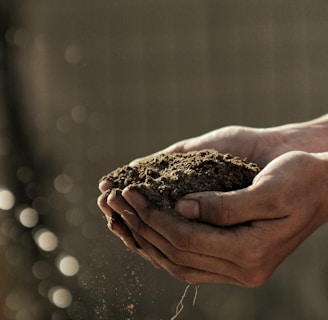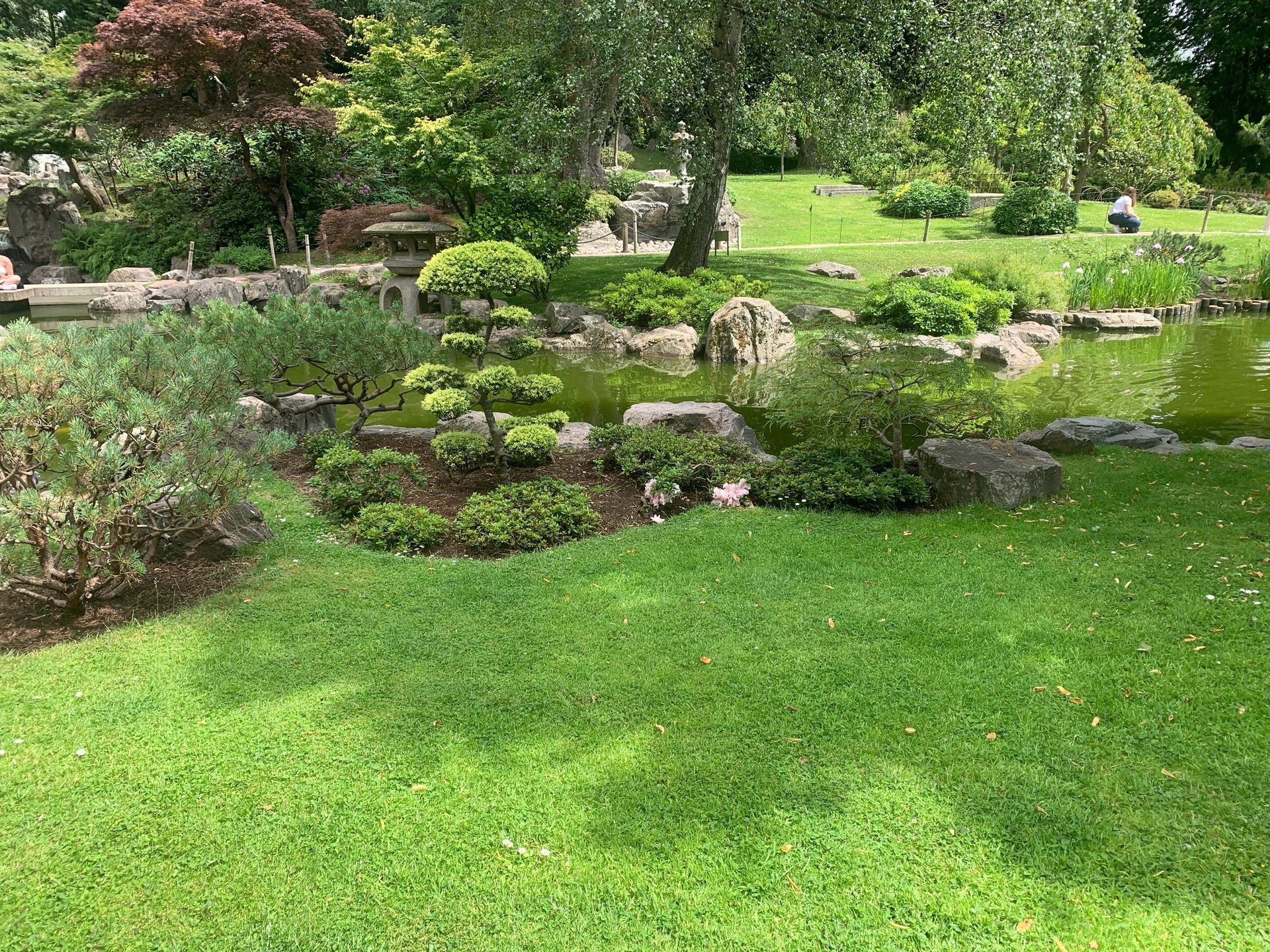Composting at Home: A Guide to Turning Kitchen Scraps into Garden Gold
Discover how to turn your kitchen and yard waste into nutrient-rich soil with our easy guide to home composting! In this post, we cover everything you need to get started—from essential tools and startup costs to the many environmental and garden-friendly benefits of composting. We’ll also share honest insights into the potential drawbacks, so you can decide if composting is right for your lifestyle. Whether you’re a green thumb or a beginner, this guide will help you reduce waste and grow a healthier garden—all from your own backyard.
GARDEN ELEMENTS


Are you looking for a sustainable way to reduce kitchen waste, enrich your garden, and save money all at once? Composting at home might be your new favorite habit! This simple, eco-friendly process transforms everyday food and yard scraps into nutrient-rich soil that helps your garden thrive.
In this post, we’ll walk you through everything you need to get started with composting—from essential supplies and startup costs to the many benefits (and a few drawbacks) of home composting.
What You Need to Start Composting at Home
Starting a compost pile or bin doesn’t require a huge investment.
Essential Items:
Compost Bin or Pile
Options: Enclosed plastic bin, rotating tumbler, or an insulated year-round bin
Keeps the compost contained and deters pests.
Greens (Nitrogen-rich materials):
Fruit & vegetable scraps
Coffee grounds
Tea bags (no staples)
Fresh grass clippings
Browns (Carbon-rich materials):
Dry leaves
Cardboard (shredded)
Newspaper
Sawdust (untreated wood)
To turn the compost and aid decomposition by adding oxygen.
Kitchen Scraps Container
A floor bin, small bin or pail for collecting food waste indoors.
Optional: Compost Thermometer
Helps monitor the pile’s temperature for optimal decomposition.
💰 Estimated Startup Costs
Compost Bin $50 – $150
Kitchen Compost Container $10 – $30
Pitchfork/Aerator $15 – $40
Compost Thermometer (optional)$10 – $20
Total Estimated Cost$75 – $220
Tip: You can reduce costs by building your own compost bin or repurposing containers.
🌍Benefits of Composting at Home
Reduces Household Waste
Up to 30% of household waste can be composted, reducing your garbage output and landfill impact.Creates Nutrient-Rich Soil
Homemade compost improves soil structure, fertility, and moisture retention.Saves Money
Less need to buy commercial fertilizers or soil conditioners.Eco-Friendly
Reduces methane emissions from landfills and cuts your carbon footprint.Encourages Sustainable Living
Great learning opportunity for families and promotes mindfulness around consumption and waste.
⚠️ Drawbacks of Home Composting
Time & Maintenance
Compost piles need to be turned regularly and balanced for proper decomposition.Odor Issues
Improper ratios of greens to browns can cause unpleasant smells.Pest Attraction
Rodents and insects may be drawn to compost that includes meat, dairy, or unbalanced food waste. USE PLANT BASED SCRAPES.Space Requirements
Not ideal for apartments or homes without a yard—though indoor composters do exist.Slow Process
Composting can take 2 to 6 months depending on the method and environmental conditions.
🌿 Final Thoughts
Composting at home is one of the most effective ways to turn everyday waste into something valuable. Pros and Cons: while there are a few challenges to keep in mind, the environmental and personal benefits far outweigh the cons.
Whether you’re an experienced gardener or just starting out, adding compost to your gardening routine is a smart and sustainable choice. Give it a try—you might be surprised at how much you enjoy watching waste turn into wellness for your plants.




Click the text for product images




